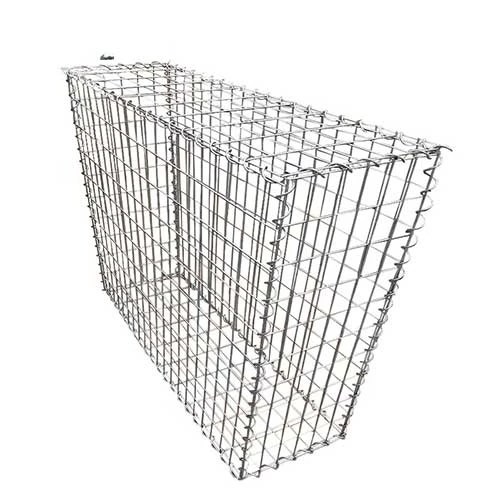-
 Phone:
Phone: -
 Email:
Email:

Exploring the Benefits of Gravel Netting for Erosion Control and Soil Stability
Understanding Gravel Netting A Sustainable Solution for Erosion Control
In the realm of environmental conservation and landscaping, gravel netting has emerged as an efficient and effective solution for managing soil erosion, promoting vegetation growth, and enhancing the aesthetic appeal of various outdoor spaces. This innovative method involves the use of a geosynthetic material designed to hold gravel in place while allowing for the infiltration of water and air, thereby creating a sustainable ecosystem in which plant life can thrive.
What is Gravel Netting?
Gravel netting, often referred to as gravel grids or porous paving systems, is typically made from durable materials such as polypropylene or polyethylene. These materials are designed to withstand harsh environmental conditions, including UV exposure, moisture, and temperature fluctuations. The netting is installed over soil or existing vegetation, after which gravel is placed within the pockets of the netting. This configuration prevents the gravel from shifting or washing away, creating a stable surface for both vehicles and pedestrians.
Erosion Control Benefits
One of the primary advantages of gravel netting is its ability to prevent soil erosion. Erosion is a significant environmental issue that can lead to the loss of fertile topsoil, destruction of habitats, and degradation of waterways. By securing the gravel in place, this solution minimizes the impact of rain and wind on the soil surface. Furthermore, the grid structure allows rainwater to permeate, reducing runoff and promoting groundwater recharge.
gravel netting

Encouraging Vegetation Growth
Another compelling benefit of gravel netting is its role in encouraging vegetation growth. The design of the netting permits seeds to settle into the soil while providing a stable environment for seedlings to establish their roots. As plants grow, their root systems help further stabilize the soil, creating a self-sustaining ecosystem. This is particularly beneficial in areas prone to high traffic or severe weather conditions, where traditional landscaping methods may struggle to establish healthy vegetation.
Aesthetic and Practical Applications
Gravel netting is not only functional but also adds an aesthetic appeal to outdoor spaces. It can be used in various applications, including driveways, pathways, erosion-prone hillsides, and garden areas. The versatility of gravel netting allows property owners and landscapers to create attractive landscapes that are both practical and environmentally friendly. It can support a range of gravel types and textures, enabling customization to suit the specific design needs of any project.
Conclusion
In conclusion, gravel netting is a holistic solution that addresses environmental concerns while enhancing outdoor spaces. Its effective erosion control and promotion of vegetation make it a valuable tool for landscapers, homeowners, and environmentalists alike. As we continue to face challenges related to climate change and land degradation, embracing sustainable practices like gravel netting will be crucial in maintaining the health and beauty of our landscapes. Whether you are embarking on a new landscaping project or seeking solutions for existing erosion issues, gravel netting presents a powerful option to consider for a greener tomorrow.
-
Wire Mesh for Every Need: A Practical SolutionNewsJul.25,2025
-
Steel Fences: Durable, Secure, and Stylish OptionsNewsJul.25,2025
-
Roll Top Fencing: A Smart Solution for Safety and SecurityNewsJul.25,2025
-
Cattle Farm Fencing Solutions for Maximum SecurityNewsJul.25,2025
-
Affordable Iron Binding Wire SolutionsNewsJul.25,2025
-
Affordable Galvanized Wire SolutionsNewsJul.25,2025
-
Wire Hanger Recycling IdeasNewsJul.25,2025








